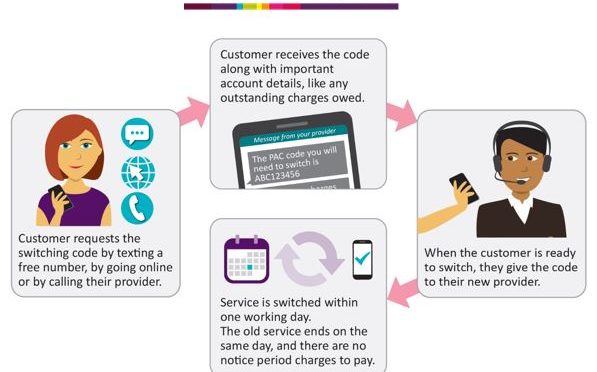Churn Prevention: New UK Rules Make Analytics Vital
Blog: Enterprise Decision Management Blog

Whilst UK consumers are likely to be enthused by the reforms around switching mobile provider and switch requests announced by Ofcom recently, this will give mobile operators an additional regulatory headache when it comes to churn prevention. The reforms are centred on making the switching process easier and enabling consumers to invoke the process by sending a free text message to their current provider.
Ofcom research has suggested that one of the biggest hurdles that consumers face is “having to speak to your current provider, and facing unwanted attempts to persuade you to stay.” So, whilst it’s clearly in the operators interests to have a conversation with the customer to incentivise them to stay, customers “will control how much contact they have with their current mobile provider, preventing companies from delaying and frustrating the switch process.”
This raises questions that operators will need to consider. Most providers cite their customer satisfaction measures, like Net Promoter Scores, as absolutely key, and consider exceptional service to be a competitive differentiator. In fact, recent research presented by Analysis Mason at the European Telecoms Summit 2017 suggests that for every 1% improvement in customer satisfaction there is a correlating 4% in churn reduction.
Yet with around 5 million customers per year choosing to switch provider, it is clear that operators still have work to do in order to maintain loyal relationships with their customers. Removing the “traditional” retention conversation could re-focus providers into ensuring they are managing their customers appropriately before the customer begins to consider their options.
Churn Analytics
This is where advanced analytics comes into its own. Analytics can proactively segment customers according to their likelihood of leaving, with churn scores based on their profile and network activity data, such as the age of their mobile device, number of negative customer support interactions and dropped call or service incidents.
These customers can also be segmented by value and other items, including cost to serve, in order to inform the decision as to what tailored, automated actions will mitigate each individual’s risk of churn. This includes incentives that exceed expectations and delight customers, or indeed whether the investment to retain a customer could be better used elsewhere and allow some low-value customers to churn.
Having the ability to interpret the churn signals coming from different customer segments, added to the tools to execute decisions that mitigate the risk and cost-effectively retain customers, is becoming ever more important in managing churn prevention. This is supported through research by Three quoted in the Ofcom report:
“61% of switchers who were offered a reactive save deal said they had made their final decision before starting the switching process, and their previous provider could not reasonably have done anything to change their mind about switching.”
There must be scope for operators to understand these switchers at a more sophisticated level and take action that dissuades them from making switch requests.
How Fast Can You Respond to a Switch Request?
Some savvy customers will of course use the process to their advantage as they do today; many customers will say they want to leave in order to get a better deal and the churn prevention activity is relatively straightforward. However, one of the policy aims of the Ofcom decision is to reduce unwanted attempts to persuade customers to remain. They lay out that expectations of providers are, in short, not to proactively contact the customer about the Port / Switching code in a way that may induce the customer to not proceed with the switch or to call the current provider. However, they do recognise that once a switch request has been made, operators are still free to contact the customer to attempt a save.
With a one working day, or less, time frame (in most cases) between the request and receiving a switch code, there is a short window of opportunity for the operators to get clever about how they identify the optimal save incentives and communicate this to the customer through the most effective digital channel that is likely to result in a save. The more agile operators are likely to use prescriptive analytics and decisioning to identify the incentive that makes most sense financially, the personalised offer that is likely to convince the customer to stay and the channel(s) that the customer is most likely to respond to.
As with so many other changes in the modern era, the operators that are best equipped to adapt to these changing regulatory requirements and manage churn prevention will be those that have embraced deep analytics and have the tools to put the analytical outputs into operation.
The post Churn Prevention: New UK Rules Make Analytics Vital appeared first on FICO.
Leave a Comment
You must be logged in to post a comment.







